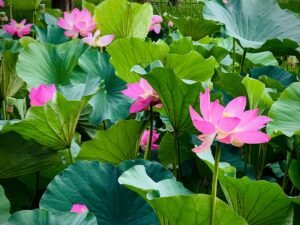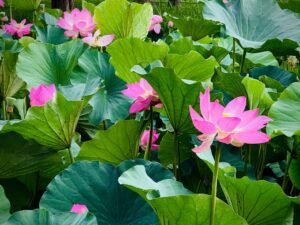
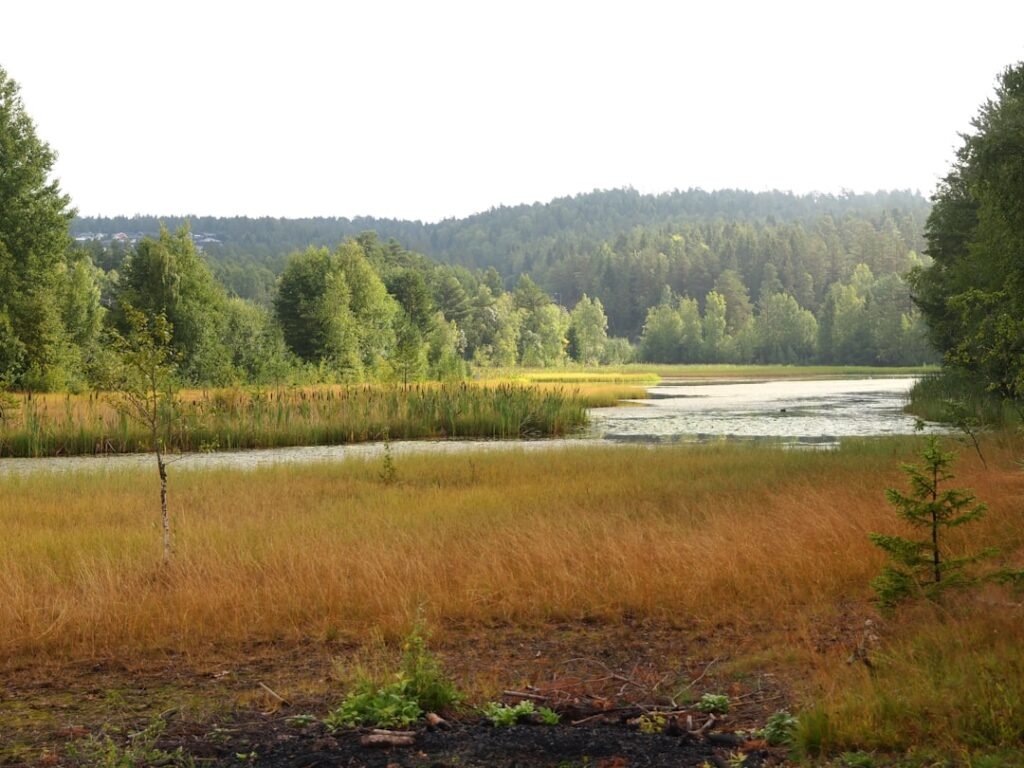
Ordering Coffee in Norwegian: From ‘Svart Kaffe’ to ‘Kafé Latte’
Norway boasts a rich and vibrant coffee culture that has evolved over centuries, deeply intertwined with the nation’s social fabric. Coffee is not merely a beverage in Norway; it is a ritual, a moment of pause in the hustle and bustle of daily life. The Norwegians have a profound appreciation for quality coffee, often favouring lighter roasts that highlight the unique flavours of the beans.
This preference is reflective of a broader Scandinavian trend towards specialty coffee, where the focus is on sourcing high-quality beans and employing meticulous brewing methods. In Norway, coffee is often enjoyed in a relaxed setting, whether at home or in one of the many charming cafés that dot the landscape. The concept of “kaffepause,” or coffee break, is an integral part of the workday, providing an opportunity for colleagues to gather, chat, and recharge.
This cultural practice underscores the importance of community and connection, as coffee serves as a catalyst for conversation and camaraderie. As you delve into the world of Norwegian coffee, you will discover not only the diverse flavours and brewing techniques but also the warmth and hospitality that accompany each cup. The NLS Norwegian Language School offers comprehensive courses for all levels. Register today to get started.
Table of Contents
ToggleSummary
- Norwegian coffee culture is deeply ingrained in the country’s social fabric, with a strong emphasis on quality and tradition.
- Basic coffee vocabulary in Norwegian includes terms like “kaffe” for coffee, “svart kaffe” for black coffee, and “espresso” for espresso.
- To order a black coffee in Norwegian, simply ask for “en svart kaffe, takk” at a café or restaurant.
- Exploring different types of coffee in Norwegian can lead to discovering unique options like “filterkaffe” (filter coffee) and “presskannekaffe” (French press coffee).
- When ordering an espresso in Norwegian, you can simply request “en espresso, vær så snill” to enjoy a strong, concentrated coffee shot.
Basic coffee vocabulary in Norwegian
To fully immerse yourself in Norwegian coffee culture, it is essential to familiarise yourself with some basic vocabulary. Understanding key terms will not only enhance your experience but also help you navigate conversations with locals. The word for coffee in Norwegian is “kaffe,” pronounced similarly to its English counterpart.
When ordering, you might hear phrases like “en kopp kaffe,” which translates to “a cup of coffee.” Additionally, “svart kaffe” refers to black coffee, while “kaffe med melk” means coffee with milk. Another important term is “espresso,” which remains unchanged in both languages. However, if you wish to order a cappuccino or latte, knowing these terms will be beneficial.
A cappuccino is referred to as “cappuccino,” while a latte is called “latte.” Familiarising yourself with these basic terms will empower you to engage more confidently in conversations about coffee and enhance your overall experience in Norwegian cafés.
How to order a black coffee in Norwegian
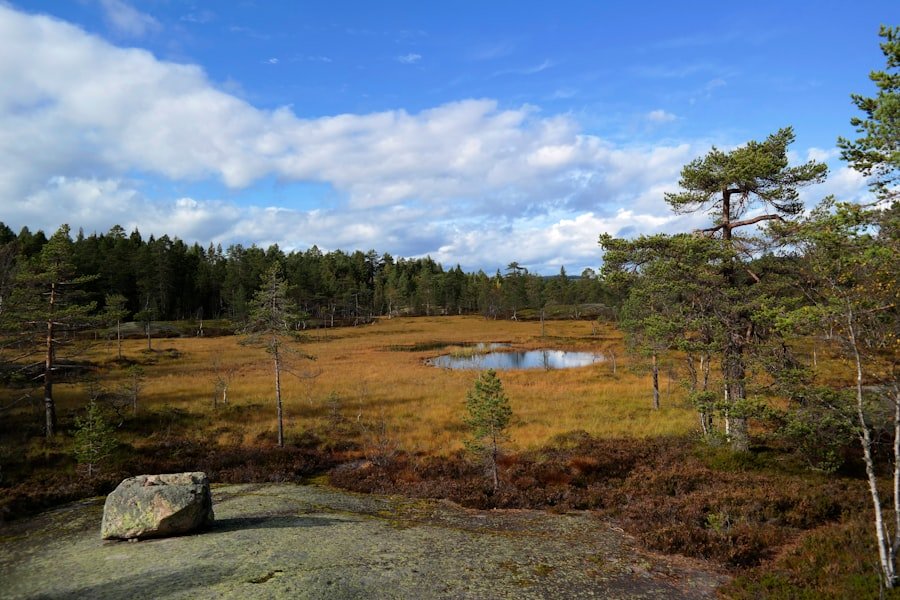
When you find yourself in a Norwegian café and wish to order a black coffee, it is helpful to know how to articulate your request clearly. You can simply say, “Jeg vil ha en svart kaffe, takk,” which translates to “I would like a black coffee, please.” This straightforward approach is polite and effective, ensuring that your order is understood without any confusion. If you want to add a touch of friendliness to your request, consider starting with “Hei!” (Hello) or “God dag!” (Good day) before placing your order.
This small gesture can go a long way in establishing rapport with the barista. Additionally, if you prefer your coffee strong or weak, you can specify by saying “sterk” for strong or “svak” for weak. This level of detail not only demonstrates your interest in the beverage but also allows you to tailor your experience to your personal taste.
Exploring different types of coffee in Norwegian
Norwegian coffee culture offers a delightful array of options beyond just black coffee. As you explore various types of coffee, it is essential to know how to express your preferences in Norwegian. For instance, if you are interested in trying an espresso, you can simply ask for “en espresso.” This concentrated shot of coffee is beloved for its rich flavour and robust aroma.
If you are in the mood for something creamier, consider ordering a cappuccino or latte. As mentioned earlier, these terms remain consistent in both languages. A cappuccino consists of equal parts espresso, steamed milk, and milk foam, while a latte features more steamed milk and less foam.
You might say, “Jeg vil gjerne ha en cappuccino” (I would like a cappuccino) or “Kan jeg få en latte?” (Can I have a latte?) when placing your order. Exploring these different types of coffee will not only expand your palate but also deepen your appreciation for Norway’s diverse coffee offerings.
Ordering an espresso in Norwegian
Ordering an espresso in Norway is a straightforward process once you are familiar with the terminology. To make your request clear and concise, simply say, “Jeg vil ha en espresso, takk.” This translates to “I would like an espresso, please.” The barista will appreciate your effort to communicate in Norwegian, and you will likely receive a warm smile in return. If you have specific preferences regarding the strength or size of your espresso, feel free to express them.
For example, if you prefer a double shot, you can say, “Kan jeg få en dobbel espresso?” which means “Can I have a double espresso?” This level of specificity not only enhances your ordering experience but also allows you to enjoy your coffee just the way you like it.
Asking for a cappuccino or latte in Norwegian
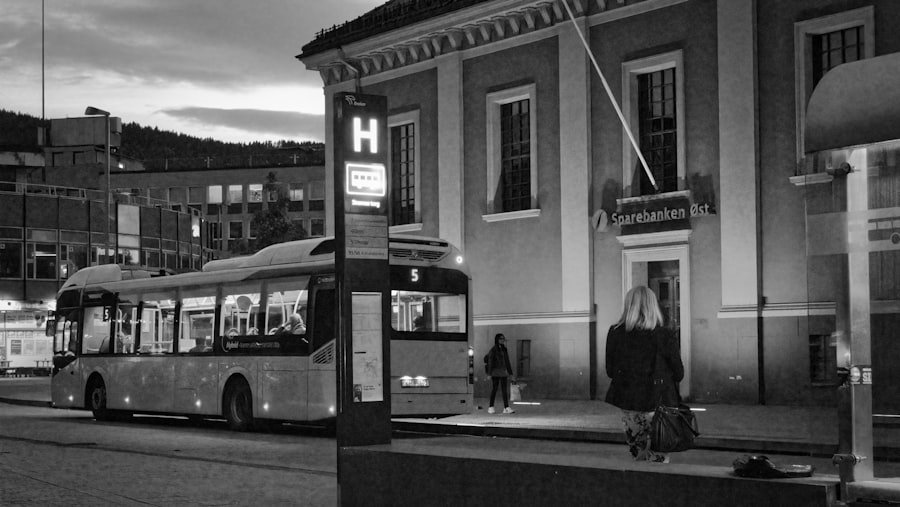
When it comes to ordering a cappuccino or latte in Norway, knowing how to articulate your request can make all the difference. To order a cappuccino, simply say, “Jeg vil ha en cappuccino.” If you’re leaning towards a latte instead, you can ask for “en latte.” Both phrases are polite and straightforward, ensuring that your order is understood without any ambiguity. If you have a preference for how much milk or foam you’d like in your drink, don’t hesitate to communicate that as well.
For instance, if you prefer less foam in your cappuccino, you might say, “Kan jeg få mindre melk i cappuccinoen?” which translates to “Can I have less milk in my cappuccino?” This level of engagement not only personalises your experience but also showcases your interest in the nuances of Norwegian coffee culture.
Understanding Norwegian coffee sizes and options
Navigating the various sizes and options available for coffee in Norway can be an enlightening experience. Unlike some countries where sizes are standardised into small, medium, and large, Norwegian cafés often offer more flexibility. Typically, you may encounter sizes such as “liten” (small), “medium,” and “stor” (large).
When ordering, it’s helpful to specify the size by saying something like, “Jeg vil ha en stor svart kaffe” (I would like a large black coffee). Additionally, many cafés offer options for different types of milk or milk alternatives. If you’re lactose intolerant or prefer plant-based options, you can ask for “soyamelk” (soy milk), “mandelmelk” (almond milk), or “havremelk” (oat milk).
Understanding these options will empower you to make informed choices that align with your dietary preferences while enjoying the rich tapestry of Norwegian coffee culture.
Special requests and customizations when ordering coffee in Norwegian
In Norway’s coffee scene, special requests and customisations are not only accepted but often encouraged. If you have specific preferences regarding sweetness or flavouring, knowing how to express these requests can enhance your experience significantly. For example, if you enjoy your coffee sweetened, you can ask for “kan jeg få sukker?” which means “can I have sugar?” Alternatively, if you’re interested in flavour syrups like vanilla or caramel, simply say “kan jeg få vaniljesirup i kaffen?” (can I have vanilla syrup in my coffee?).
Moreover, if you’re looking for a specific temperature for your drink—whether hot or lukewarm—you can communicate this by saying “kan jeg få kaffen kald?” (can I have the coffee cold?). These customisations allow you to tailor your drink precisely to your liking while also engaging with the barista in a friendly manner.
Navigating Norwegian coffee shops and menus
Navigating Norwegian coffee shops and their menus can be an enjoyable adventure filled with delightful discoveries. Most cafés will have their menus displayed prominently above the counter or on boards around the shop. Familiarising yourself with common terms will help you feel more at ease when perusing the options available.
Look out for words like “kaffe,” “espresso,” “cappuccino,” and “latte,” as well as any seasonal specials that may catch your eye. If you’re unsure about what to order or need assistance deciphering the menu items, don’t hesitate to ask the barista for recommendations. You might say something like “Hva anbefaler du?” which translates to “What do you recommend?” This not only shows your interest but also opens up opportunities for engaging conversations about local favourites and hidden gems within the café scene.
Common phrases and etiquette for ordering coffee in Norwegian
When ordering coffee in Norway, adhering to common phrases and etiquette can enhance your experience significantly. Starting with a friendly greeting such as “Hei!” or “God dag!” sets a positive tone for your interaction with the barista. Following this with your order using polite language—such as adding “takk” (thank you) at the end—demonstrates respect and appreciation.
Additionally, it’s customary to wait patiently while the barista prepares your drink rather than rushing them or hovering over the counter. If there are other customers ahead of you in line, maintaining a respectful distance is considered polite. Once you’ve received your drink, expressing gratitude with a simple “takk” goes a long way in fostering goodwill within the café community.
Tips for practicing and improving your Norwegian coffee ordering skills
To enhance your confidence when ordering coffee in Norwegian, consider incorporating practice into your daily routine. One effective method is to rehearse common phrases and vocabulary at home before venturing out to cafés. You might even create flashcards with key terms related to coffee ordering—this can serve as both a fun learning tool and an effective memory aid.
Another excellent way to improve is by engaging with native speakers whenever possible. If you have friends or acquaintances who speak Norwegian fluently, invite them out for coffee and practice ordering together. Alternatively, consider enrolling in language courses that focus on conversational skills—such as those offered at NLS Norwegian Language School in Oslo—where you’ll receive tailored instruction on practical language use in real-life situations like ordering coffee.
The immersive environment at NLS will not only bolster your language skills but also deepen your understanding of Norwegian culture as it relates to everyday activities like enjoying a cup of coffee. In conclusion, embracing Norway’s rich coffee culture involves more than just sipping on delicious brews; it requires an understanding of language and etiquette that enhances every interaction within this vibrant community. By familiarising yourself with essential vocabulary and phrases while practising them regularly—perhaps through courses at NLS Norwegian Language School—you’ll find yourself navigating cafés with confidence and ease.
So grab a cup of kaffe and immerse yourself fully in this delightful aspect of Norwegian life!
Start your Norwegian language journey with Oslo’s leading school.
If you want to learn Norwegian, you can register for classes here. We look forward to hearing from you and helping you become fluent in Norwegian.


